BRAHMA F4 MK-II + VISHNU 50 MK-II | BetaFlight Stack Made In India Features and Specifications:
- High-Performance Processor: Powered by STM32F405 for seamless operations.
- Advanced Sensing Technology: Features BMI270 GYRO(IMU) sensor and DPS310 Barometer for precision flight control.
- Enhanced Connectivity: Equipped with 4 UART and 1 i2c ports and universal Type-C USB port.
- Motors supported: 8 Motors.
- Dual BEC : 5V (2A) and 9V (2A).
- Circuit Protection : Reverse Polarity, Over-current and Over-voltage .
- Customizable for Your Needs: Extra solder pads for direct ESC soldering.
- 6-Month Warranty: We stand behind our product with a solid 6-month warranty.
- OSD Supported :Analog + Digital (Direct Solder).
- Mounting: 30.5mm X 30.5mm (M4 Hole).
- Proudly Made in India: Embrace the quality and innovation of Indian manufacturing.
VISHNU 50 MK-II (ESC) Highlights:
- High Current Capability: 50A continuous current, 55A burst.
- Wide Voltage Range: Supports 2-6S input.
- DShot300/600 Ready: For smooth, responsive motor control.
- Advanced Current Sensor: Real-time power monitoring.
- Convenient Mounting: 30.5×30.5mm hole pattern with M3 size.
- Made in India Quality: Emphasizes local craftsmanship.
- 6-Month Warranty: Assurance of reliability and performance.
Perfect for both drone enthusiasts and professionals, the Darkmatter Stack 450 is designed to dominate the skies.
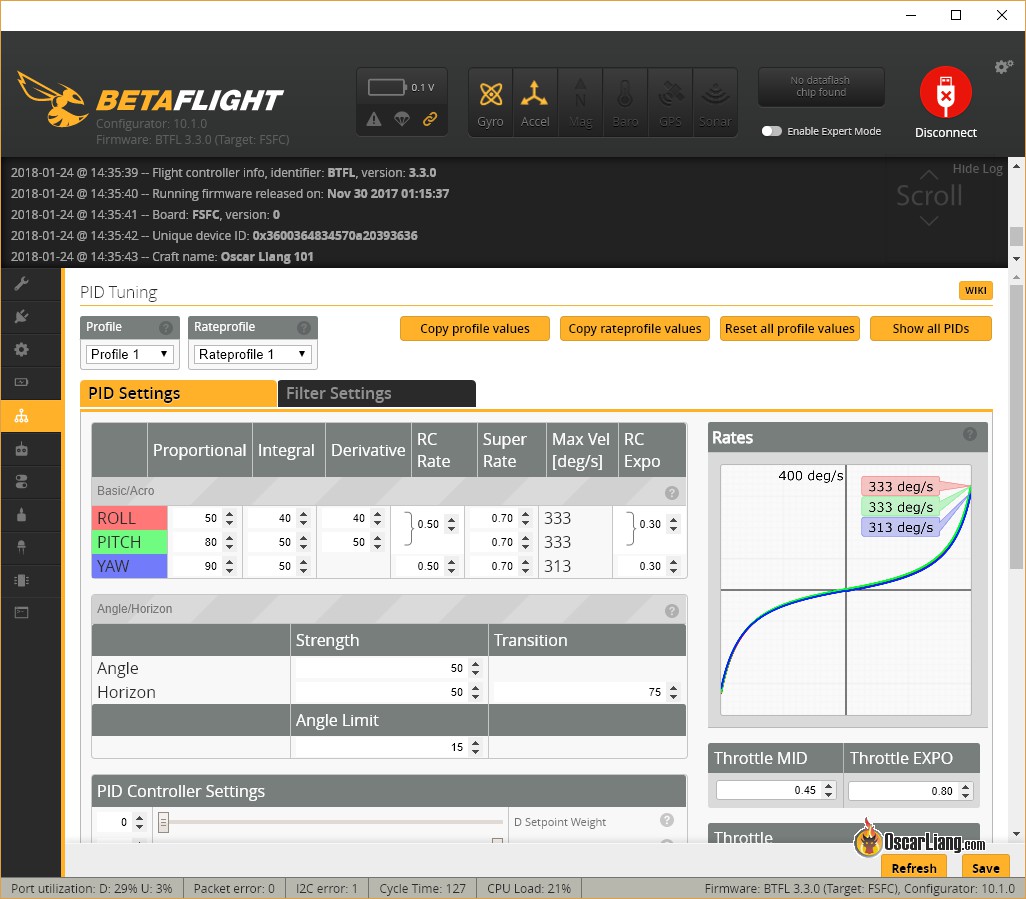
Alright, let’s dive into the world of PID loop frequencies! 

So, imagine you’re playing a really immersive video game. 
Well, in the world of drones, we have a similar situation. The drone’s flight controller is constantly making adjustments to keep the drone flying smoothly. This happens through something called the PID loop, which stands for the Proportional, Integral, and Derivative loop.
The PID loop is like the brain of the drone. It takes information from the sensors, decides how the drone should respond, and then sends commands to the motors. This entire process happens repeatedly and at a very fast pace. The frequency at which this process repeats is known as the PID loop frequency. It’s like the frame rate in a video game – the higher the frame rate, the smoother the game looks.
Now, when we talk about 2K, 4K, and 8K PID loop frequencies, we’re talking about how many times per second this process happens. So, 2K means the PID loop runs 2000 times per second, 4K means it runs 4000 times per second, and 8K means it runs 8000 times per second. It’s like choosing between running, cycling, or driving – each one is faster than the last!
So, you might be thinking, “Well, obviously 8K is the best because it’s the fastest, right?” Not necessarily! Just like driving a car super fast isn’t always the best option (you could get a ticket or crash 
For one, it can make your flight controller work harder, which can lead to overheating. It can also make your ESC protocol more prone to errors, kind of like how a fast internet connection can sometimes be unstable.
So, it’s all about finding the right balance. Just like how you wouldn’t use a race car to go to the grocery store, you wouldn’t necessarily use an 8K PID loop frequency for a casual drone flight. It all depends on what you’re using your drone for.
I hope this helps to understand what PID loop frequencies are all about! If you have any more questions, feel free to ask. Happy droning!
FPV Drone PID Explained – Mastering Flight Performance through PID Tuning
Read More About Lipo Batteries by clicking the link below:
https://oscarliang.com/fpv-drone-guide/
Checkout our Antennas Collection by clicking the link below:

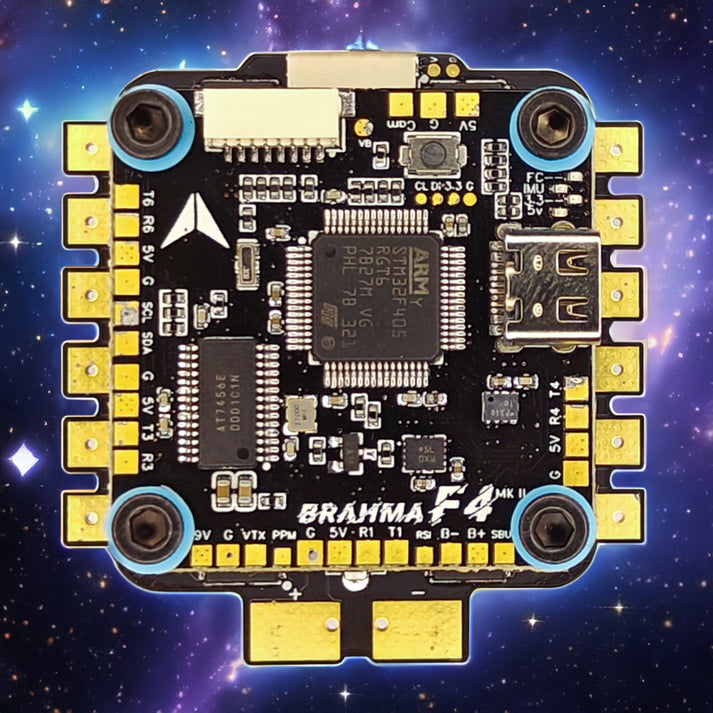
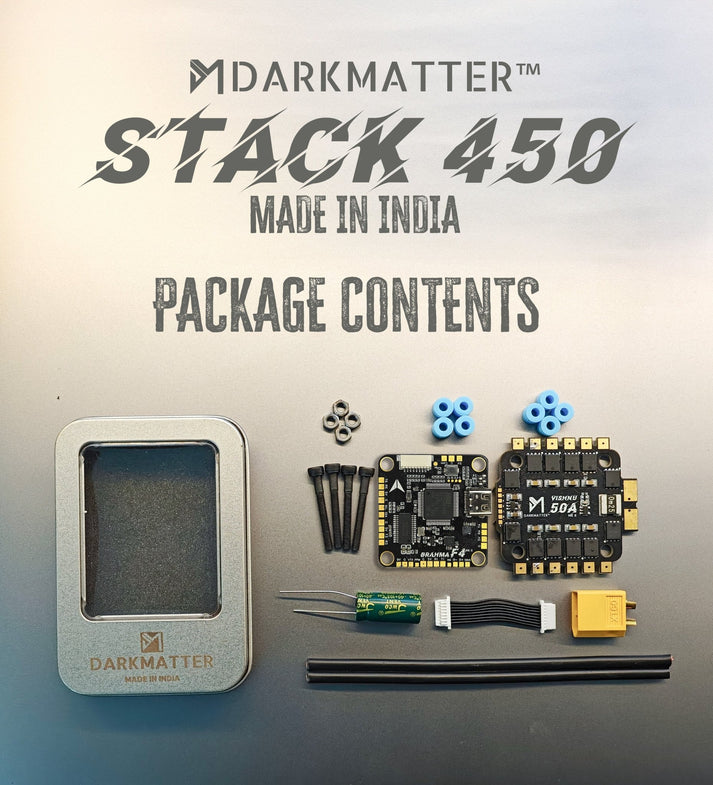
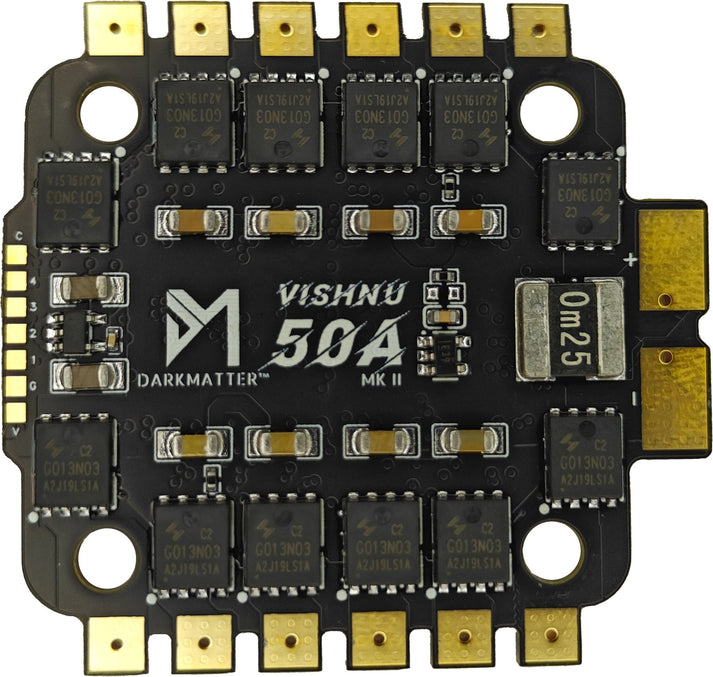
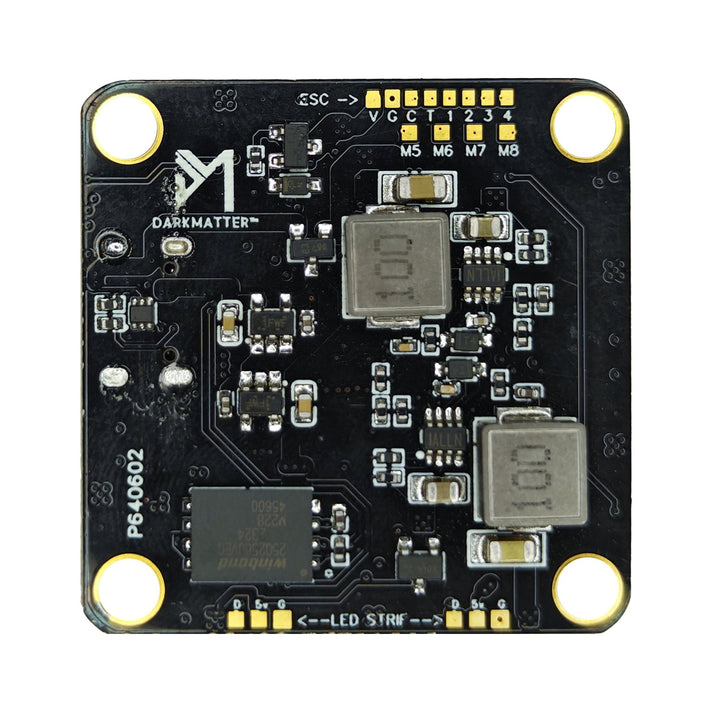

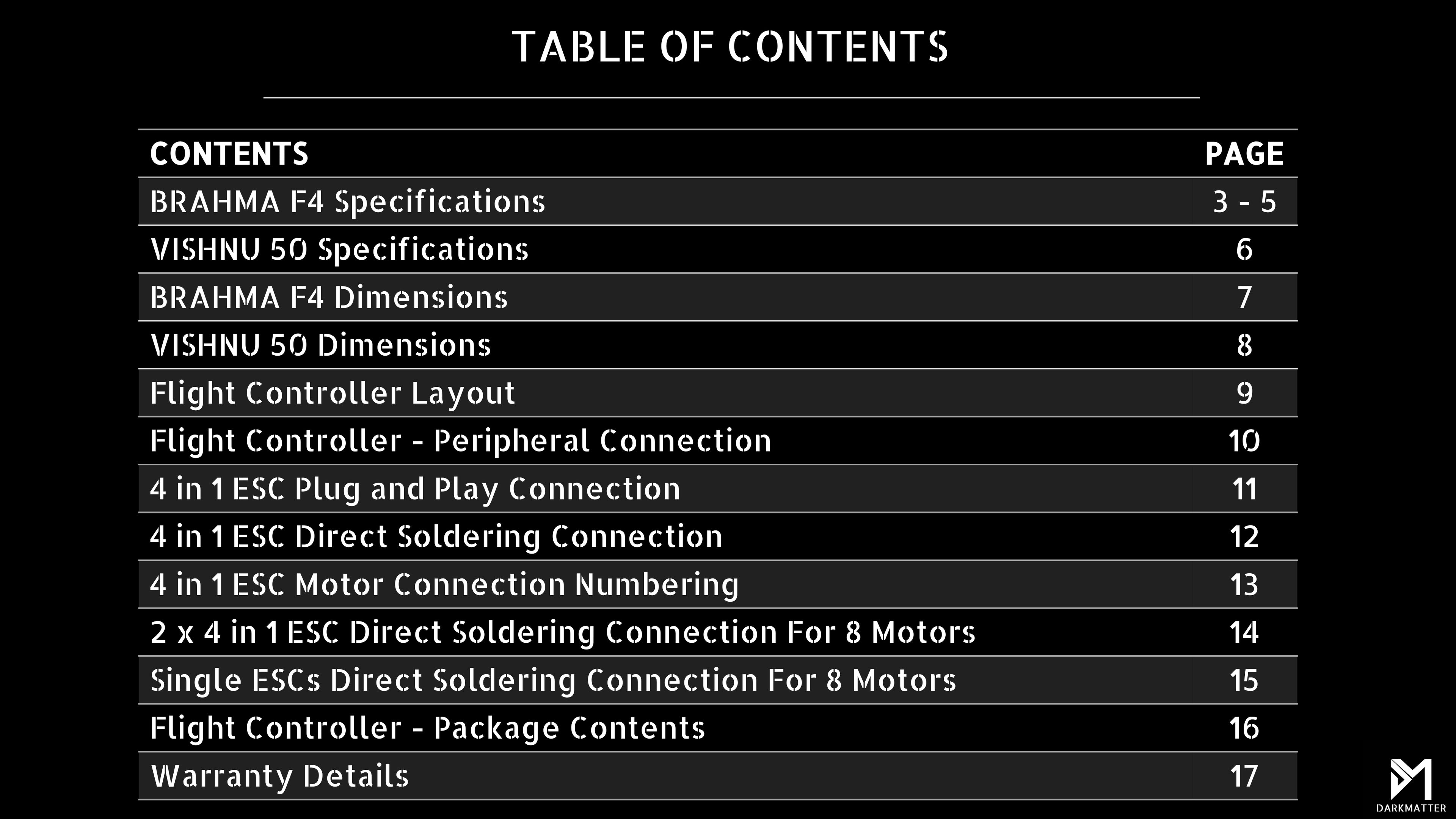
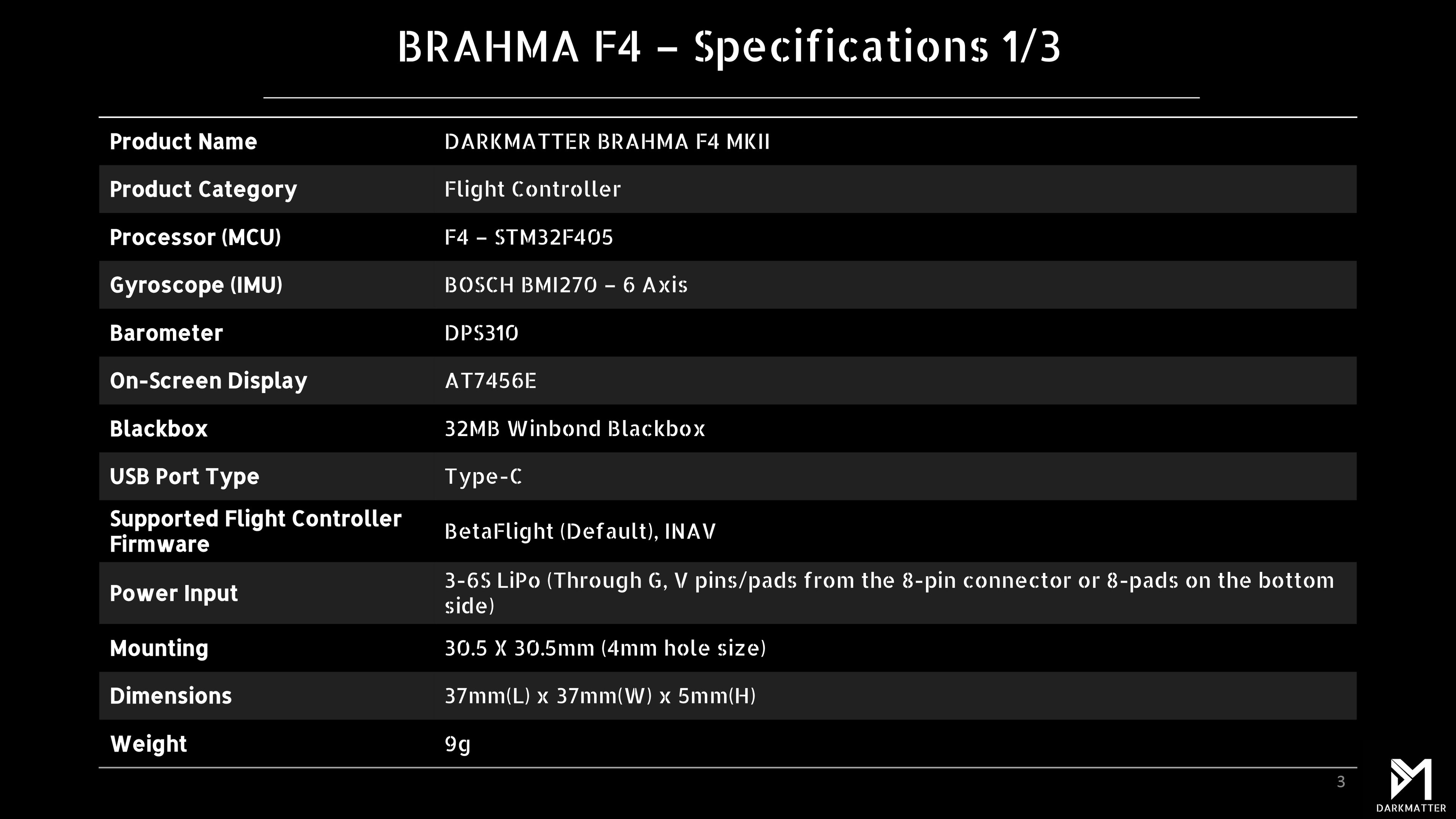
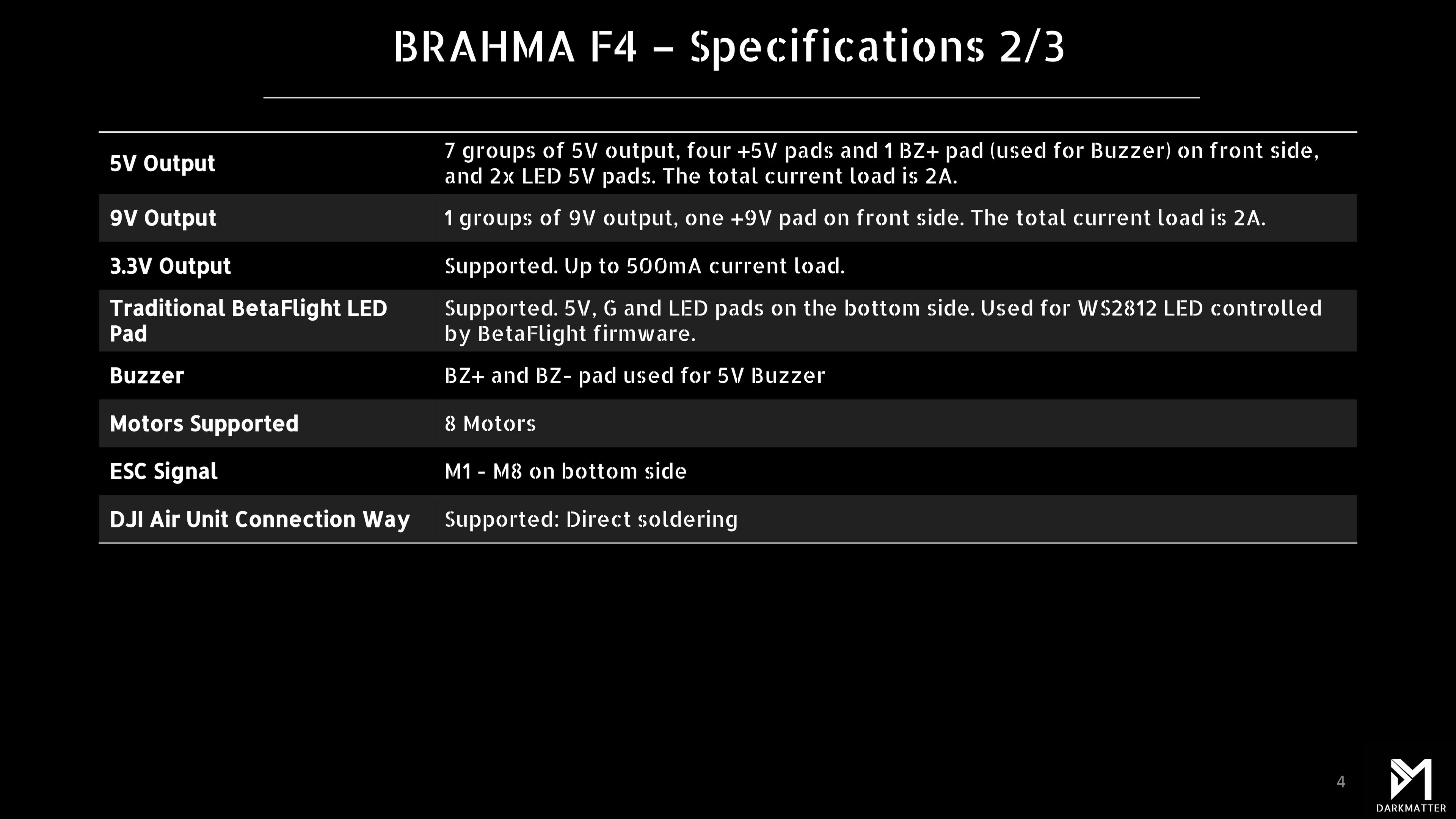


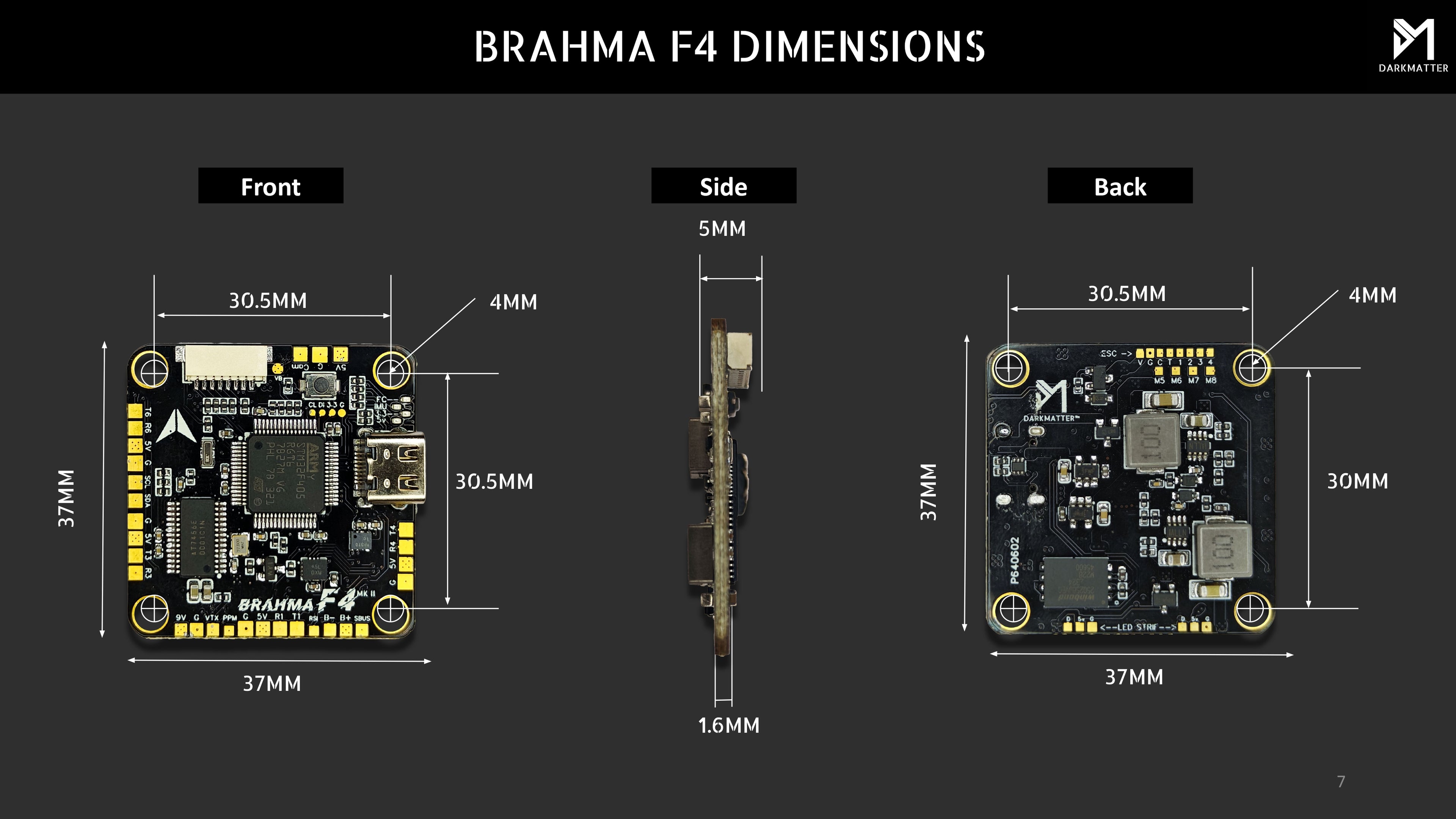

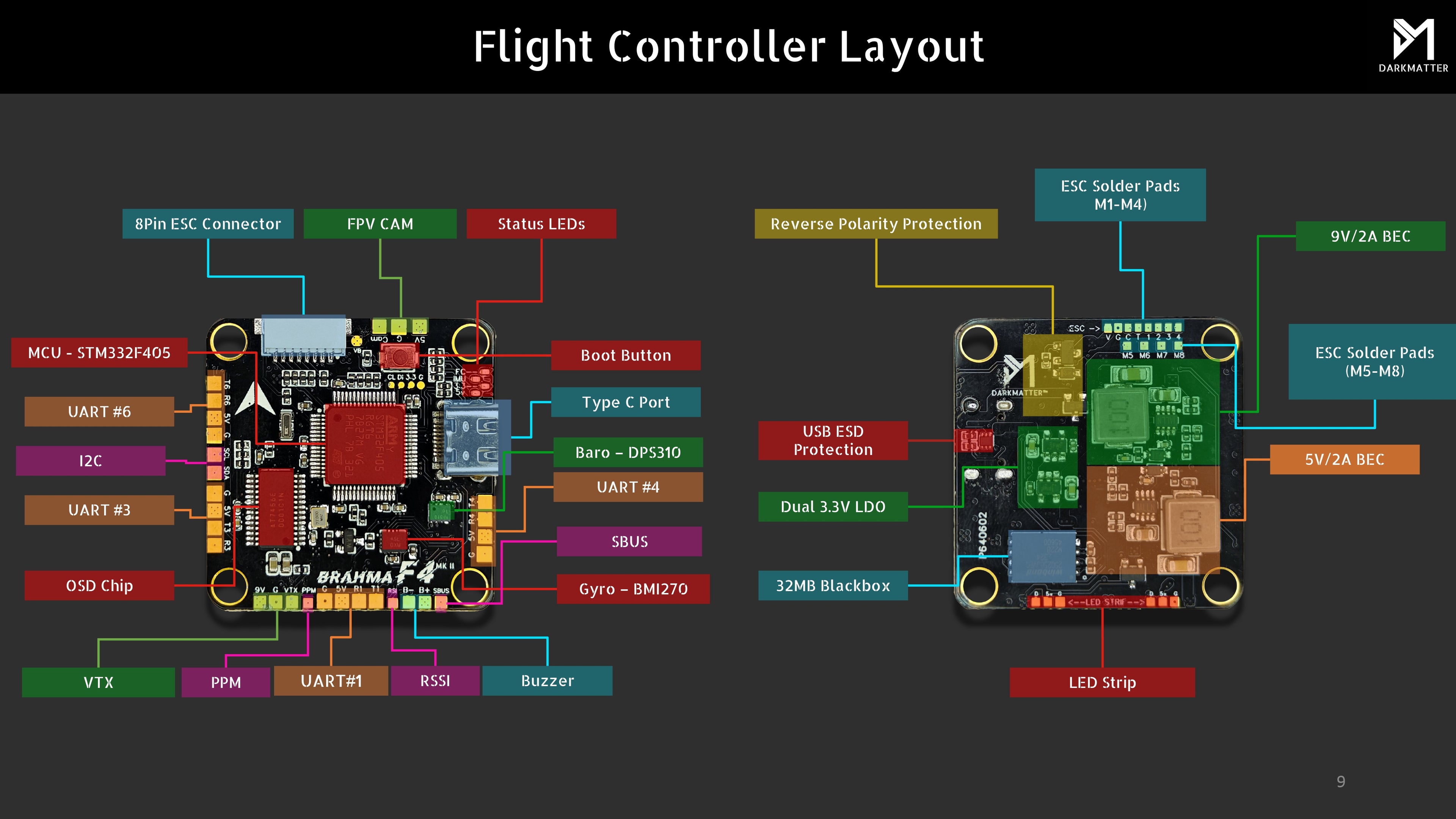
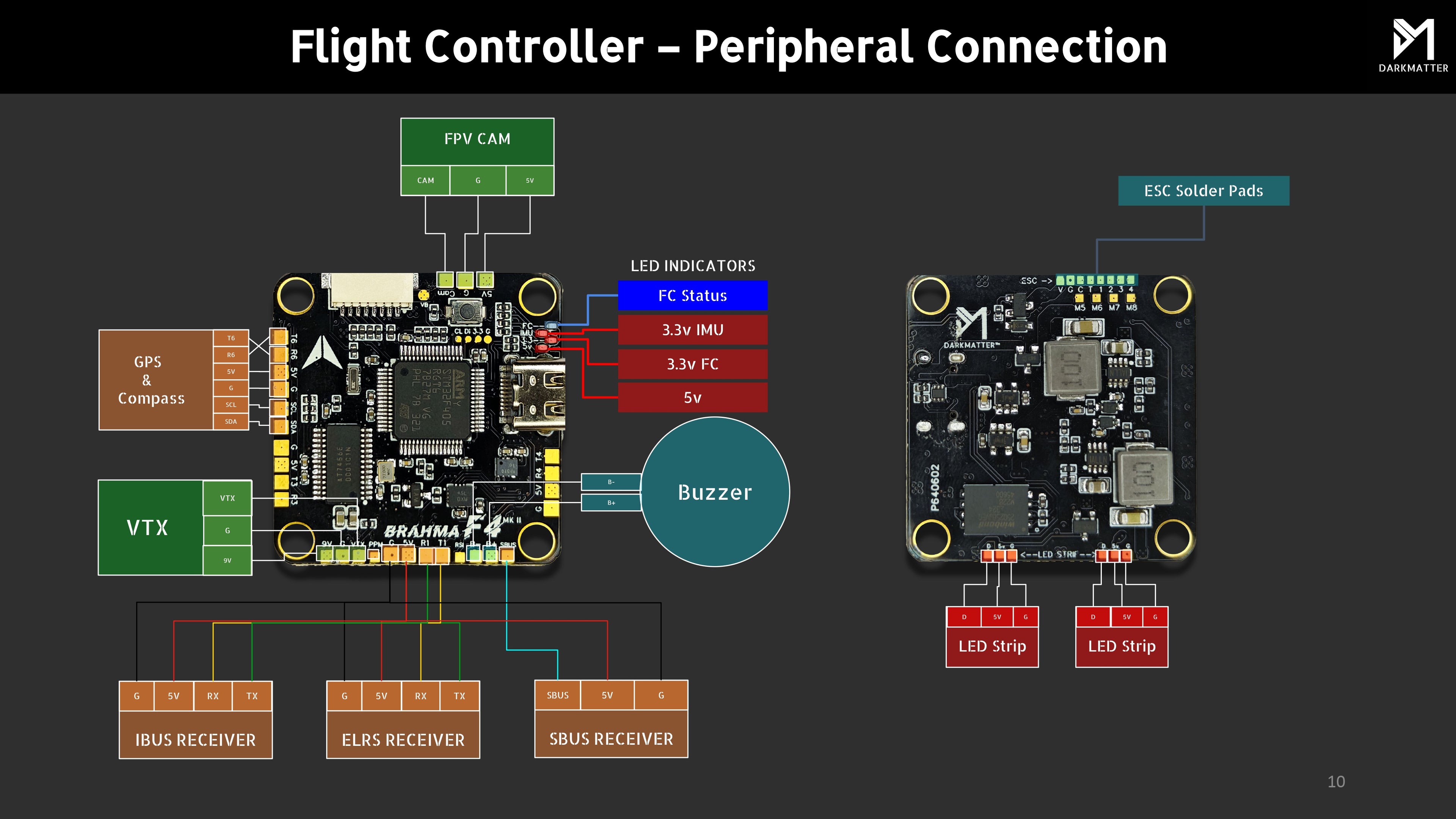
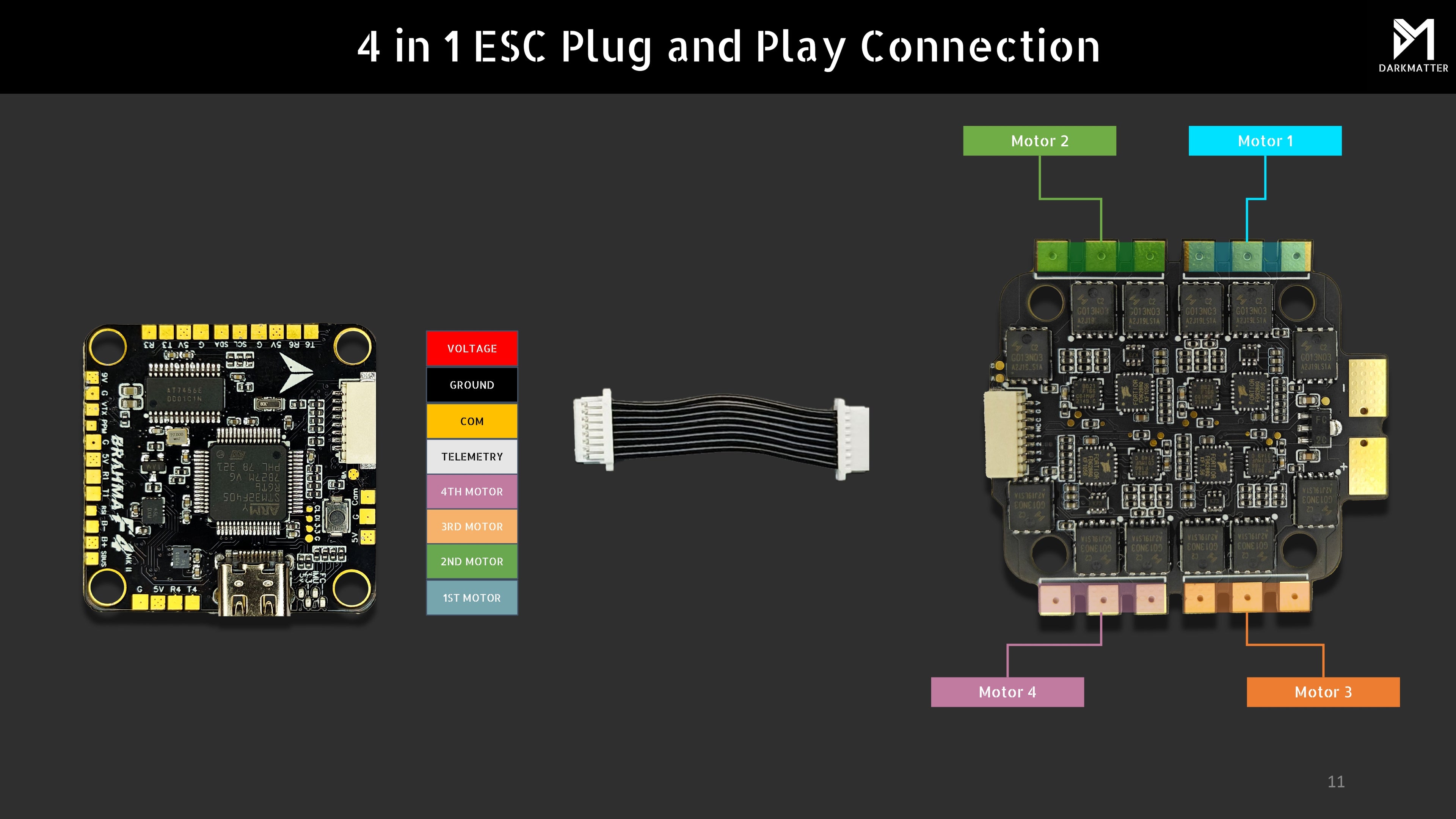
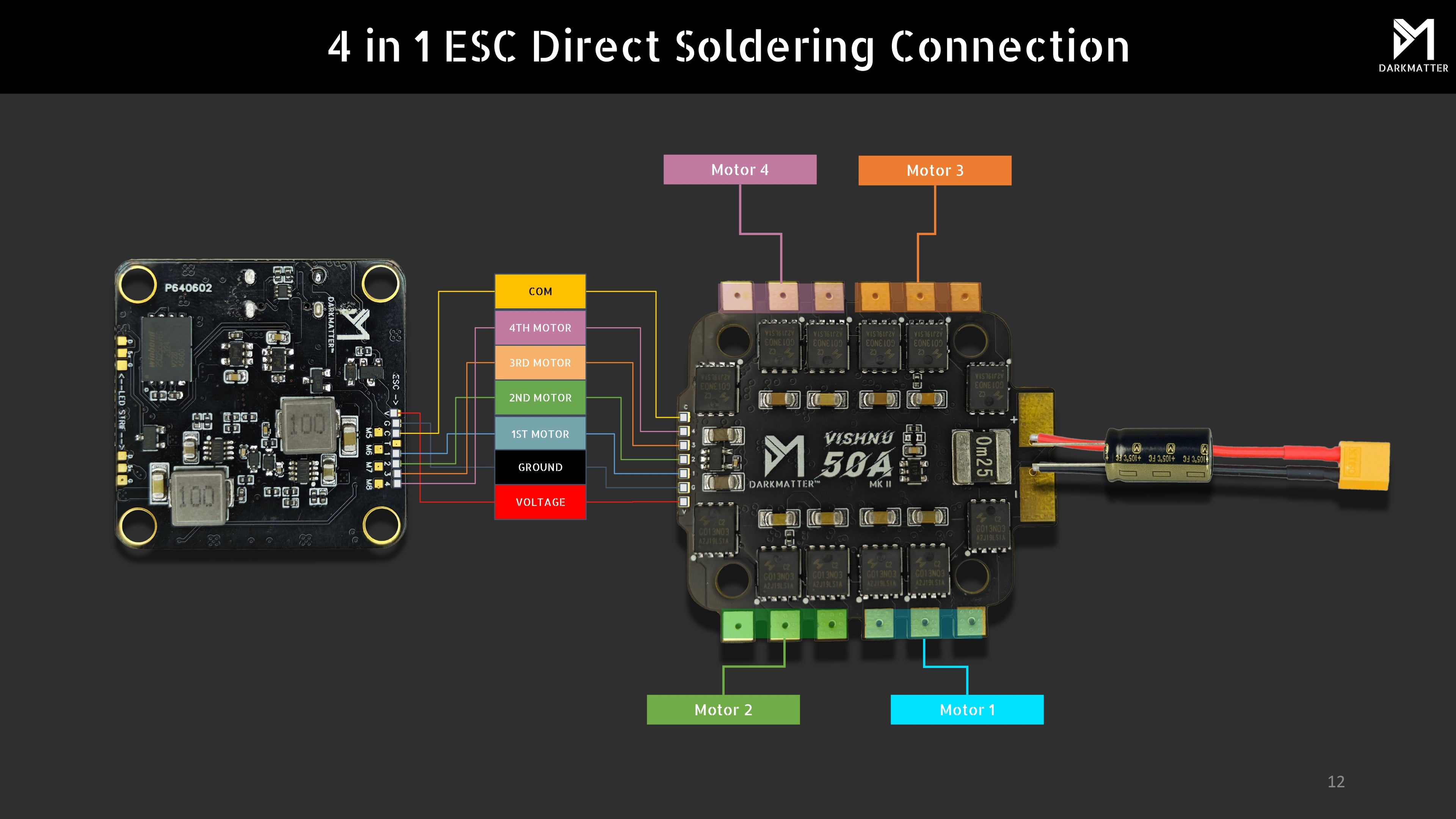
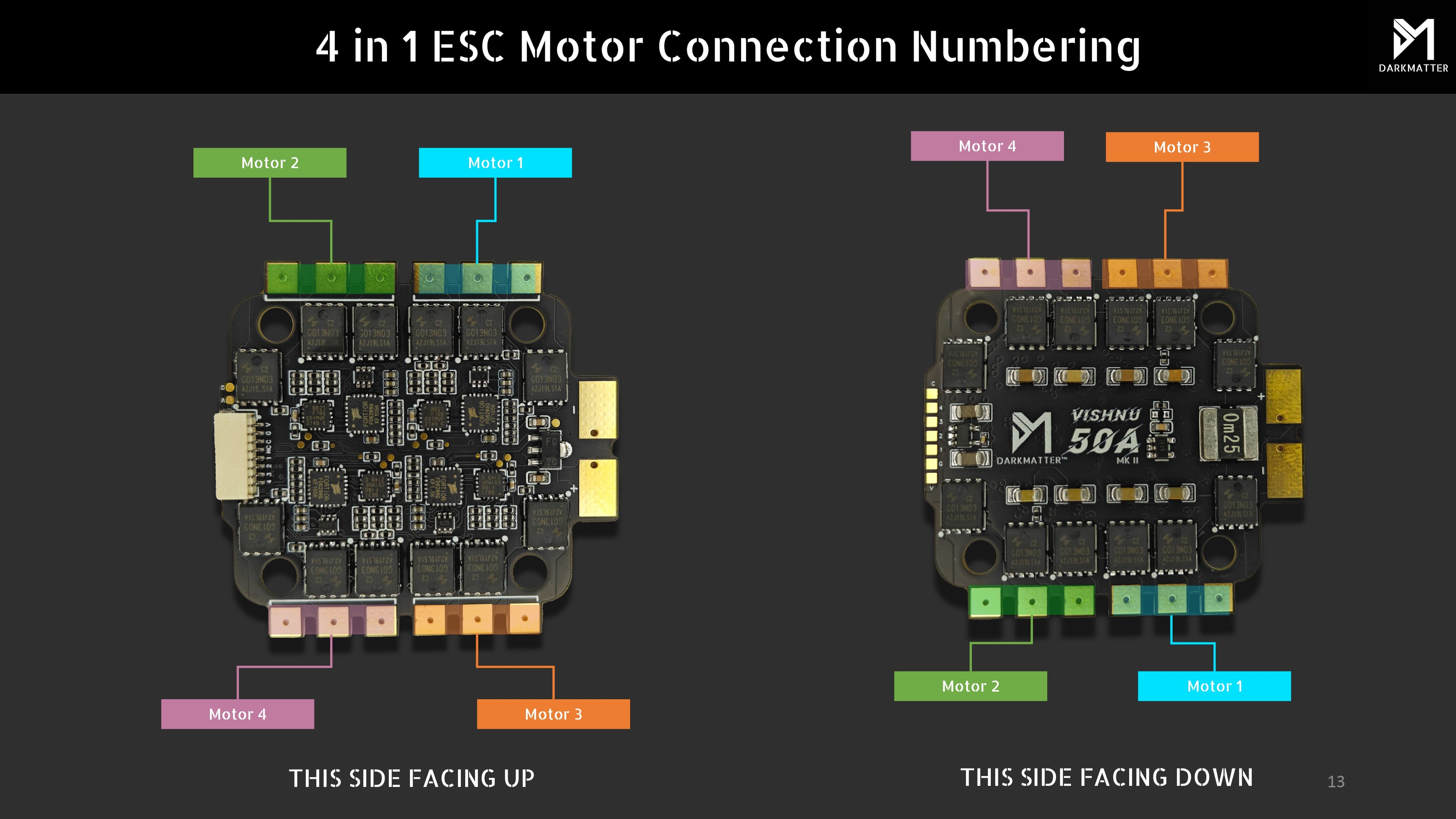
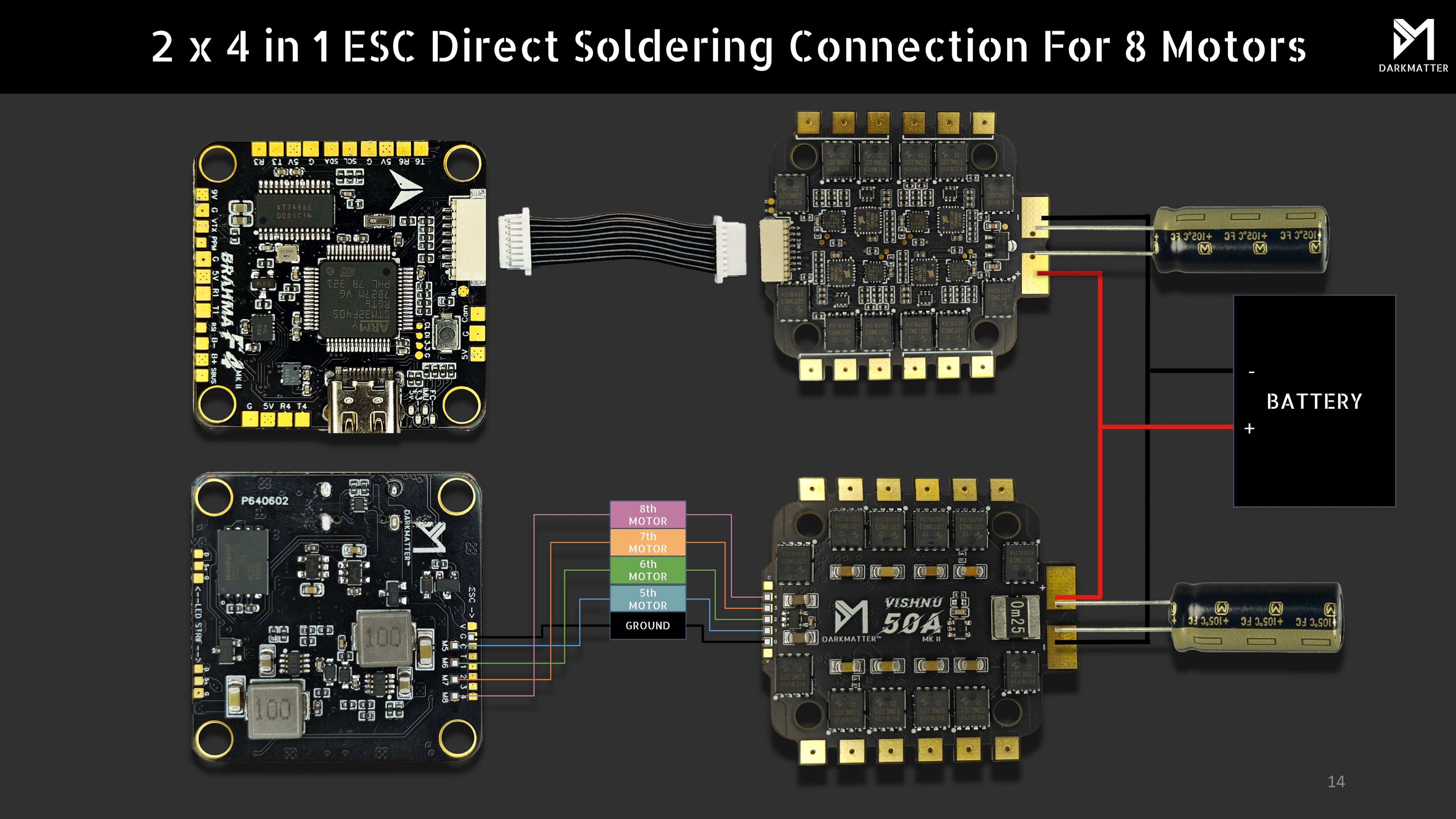
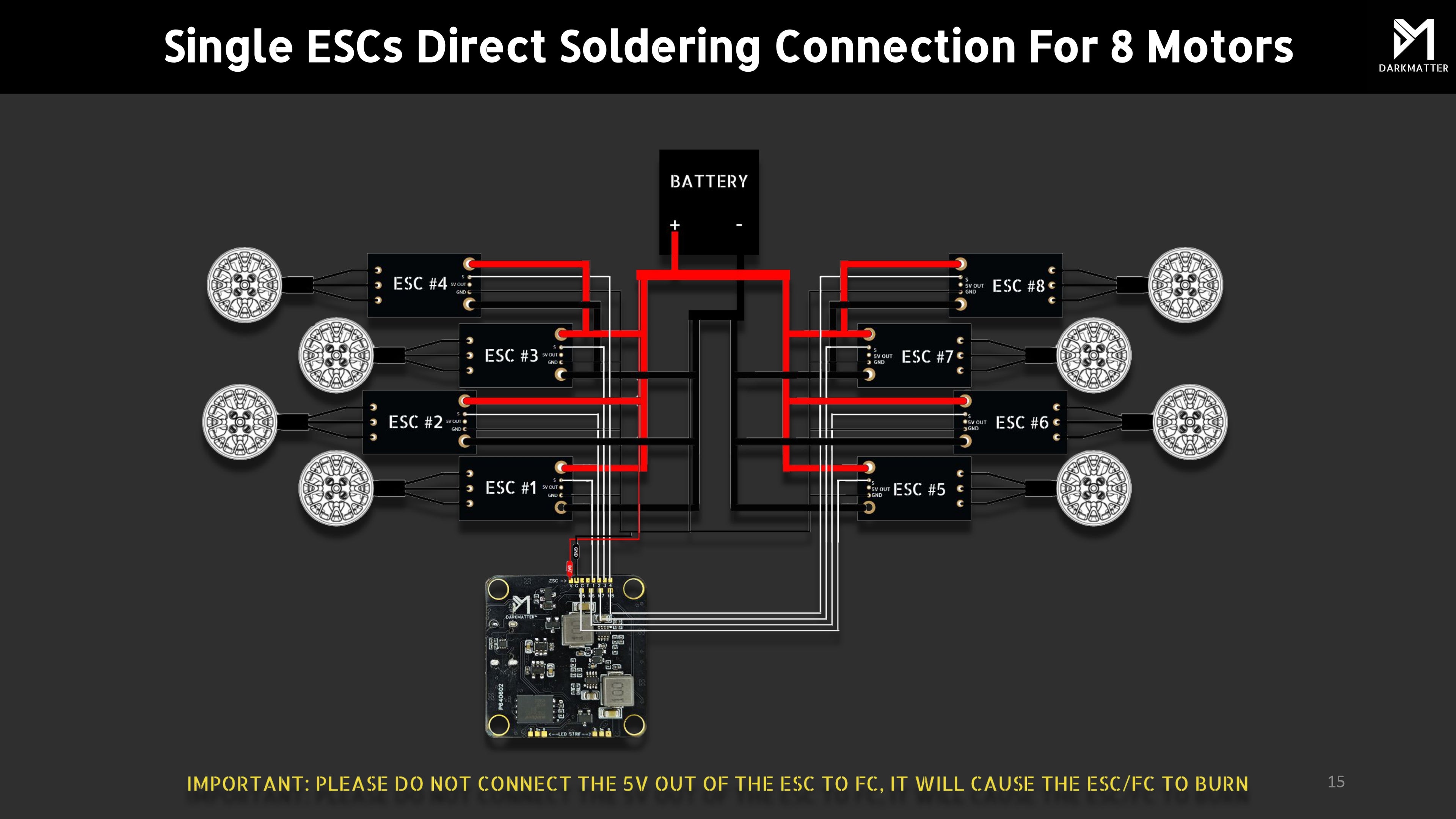
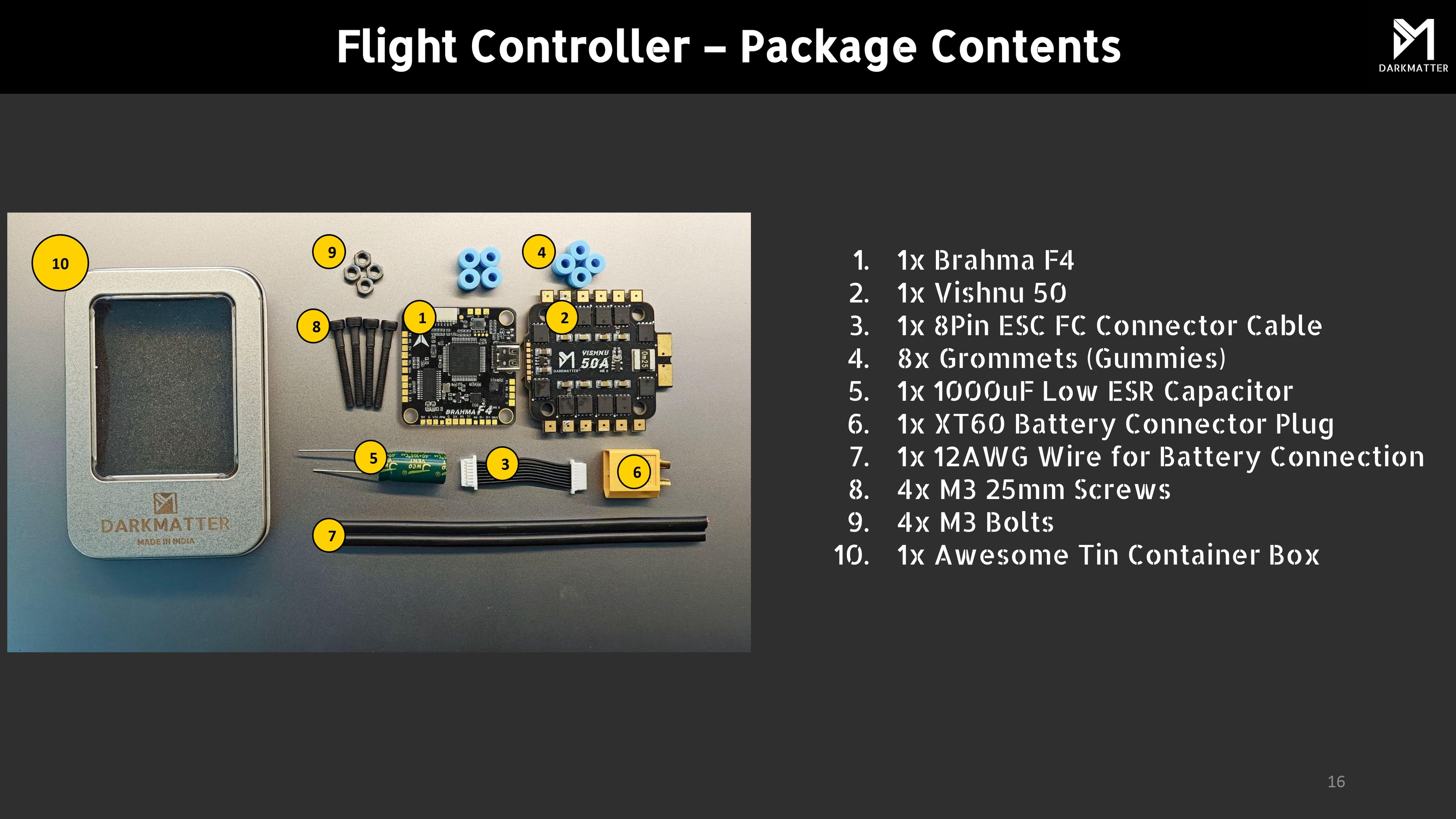
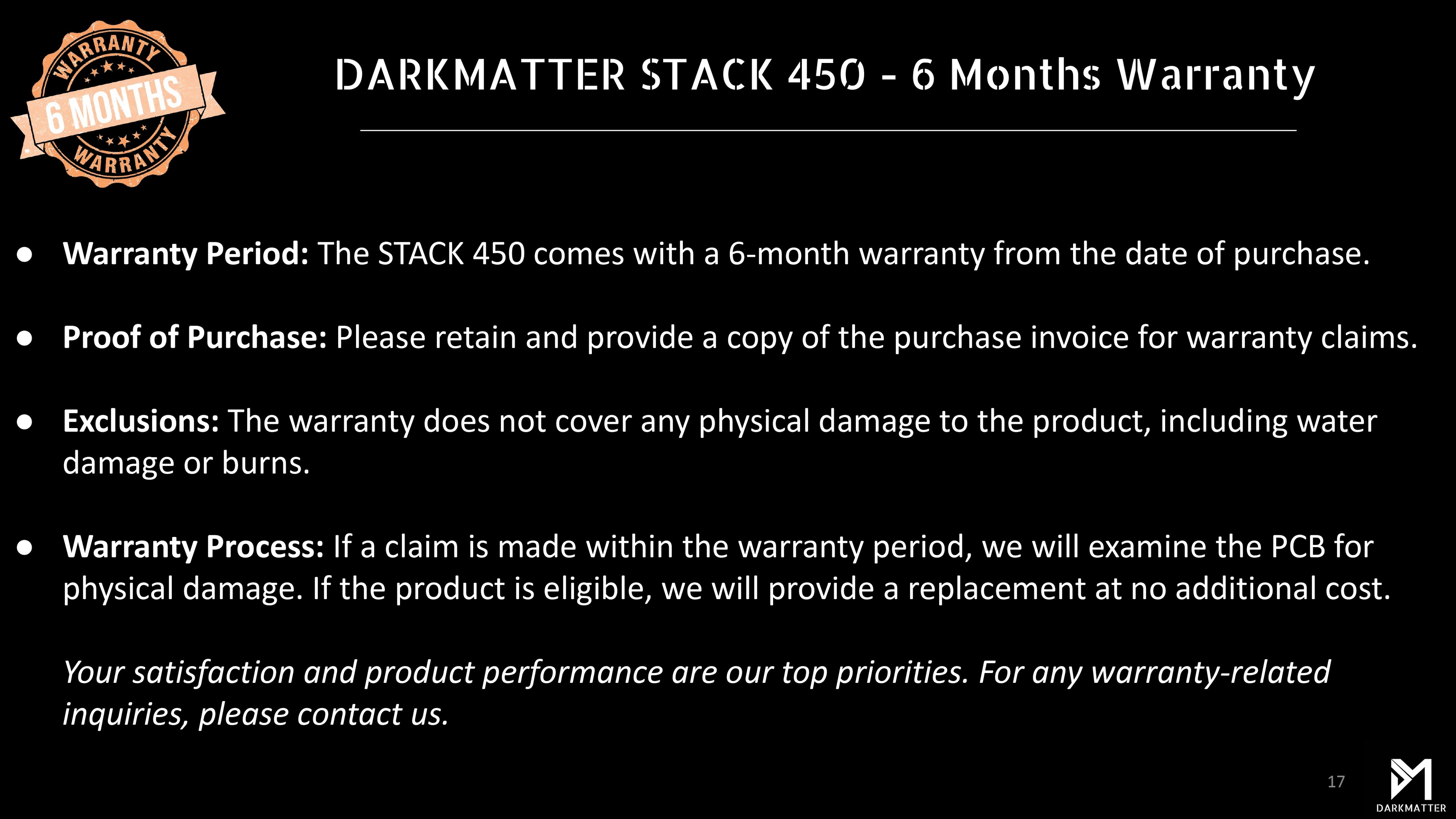













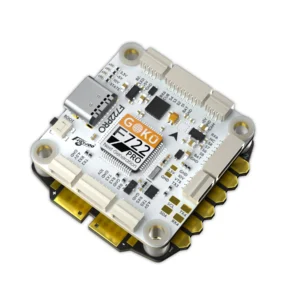
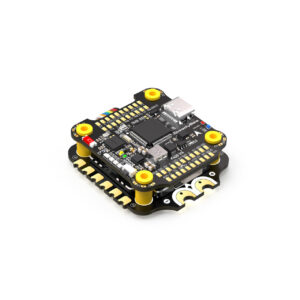
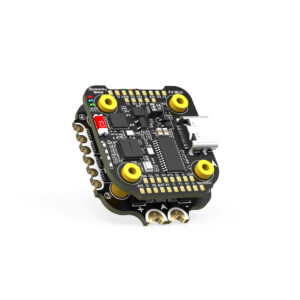
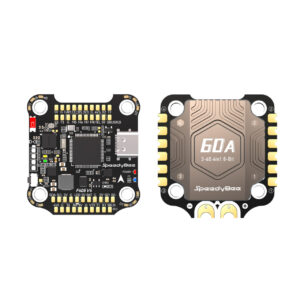
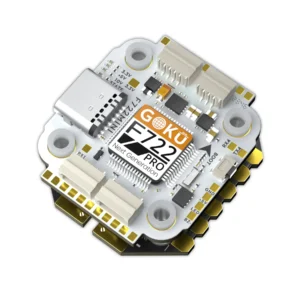
Reviews
There are no reviews yet.